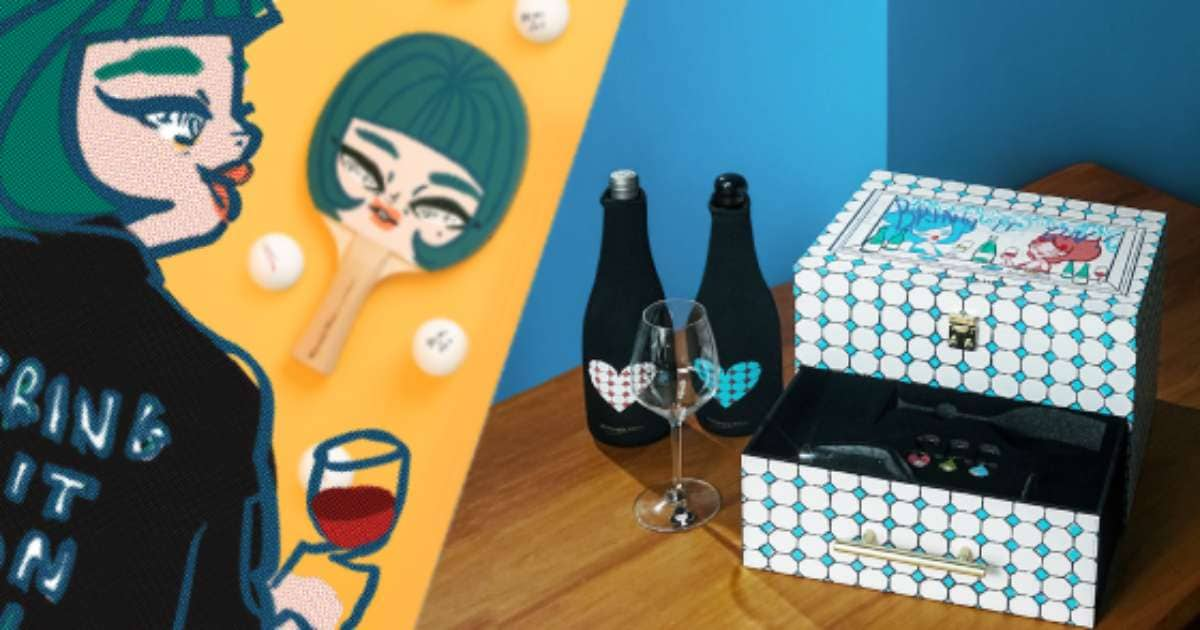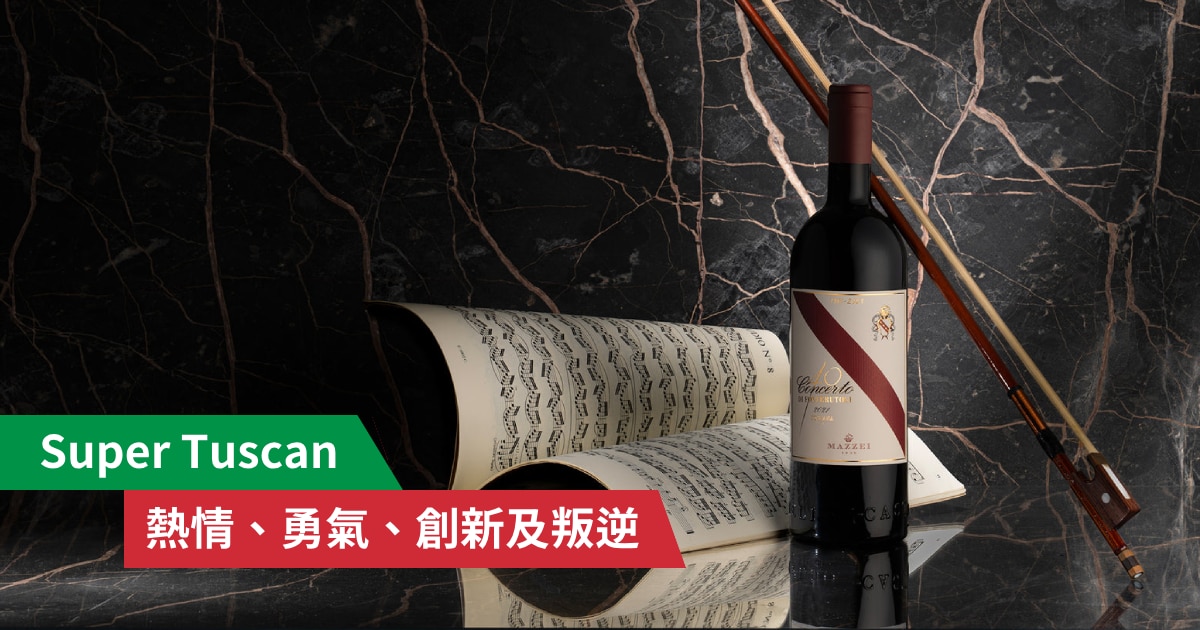Bourgogne (also known as ‘Burgundy’) is home to some of the best Chardonnay and Pinot Noir in the world, but the complexity of Bourgogne can cast fear into the hearts of many wine lovers. Here we feature 4 trending appellations of Bourgogne, let’s discover their wine style and what cuisine we could pair them with.
Mâcon-Verzé

An additional geographical denomination that is part of the Régionale Mâcon appellation. It is produced in the southernmost part of Bourgogne, the Mâconnais. According to the 2005 specifications rules, the appellation Mâcon-Verzé can refer to white, red, and rosé wines grown within a defined area in the village of Verzé.
- Whites: Chardonnay
- Reds and rosés: Gamay
- White: for a perfect flavor combination given the liveliness of this wine on the tongue, opt for an appetizer like a creamy leek tart or risotto verrine. Then allow its acidulated structure to cut through the parsley butter of razor fish à la plancha, gratinated oysters, or snails cooked in garlic butter.
- Serving temperatures: 10-11°C as an aperitif, 11-12°C with food

Snails cooked in garlic butter


Mâcon-Verzé, is tipped for matching the sweetness of roasted pork with the fresh fruit flavours of blackcurrant and blueberry.
- Red: with its aromatic opulence and fleshy mouth, this wine is a remarkable companion with more fibrous meat dishes such as duck ravioli or braised côte de bœuf (ideally from the Charolais). For wine-marinated dishes, choose a hot year such as 2018, which will help soften the acidity of the sauce in a bœuf bourguignon or an egg meurette. To finish a meal, try a washed-rind cow’s milk cheese that’s not too old, or something drier like similar to an Epoisses de Bourgogne, to match the freshness of the Gamay.
- Serving temperature: 14-15°C

Boeuf Bourguignon
Santenay

Village Appellation of the Côte de Beaune region (Côte-d’Or).
This appellation includes 12 Premiers Crus Climats.
On the label, the appellation SANTENAY and SANTENAY PREMIER CRU may be followed by the name of the Climat of origin.
- Reds – Pinot Noir
- Whites – Chardonnay
- Red: its supple and intense attack, and its aromatic register with its distinguished finish mean it should be matched with slow-cooked dishes like braised veal or beef, to which its tannins will lend structure without being agressive. Glazed or caramelised poultry in the Asian style would also give it a warm welcome for its meaty texture, as would home-made hamburgers. From the cheese-board: Brie de Meaux, Pont-l’Evêque, Reblochon, Bleu de Bresse…
- Serving temperature: 15°C.

Santenay is recommended for Deep-Fried Crispy Chicken, a classic Cantonese favourite, with refreshing acidity reducing greasiness and the cherry and cranberry flavours complementing chicken flavour like a plum sauce.

Chicken Gaston Gérard
- White: its lightness, vivacity and edge would be a good choice for fluid and creamy dishes like fish couscous, or pasta or risotto with mushrooms. Poultry in cream sauce would similarly hit the spot. It would harmonize well with cheeses like Comté, Beaufort, and goat cheeses.
- Serving temperature: 11 to 12°C.
Photo Credits: Bourgogne Wine Board (BIVB) / Aurélien IBANEZ



 Same Day Pick-up
Same Day Pick-up























